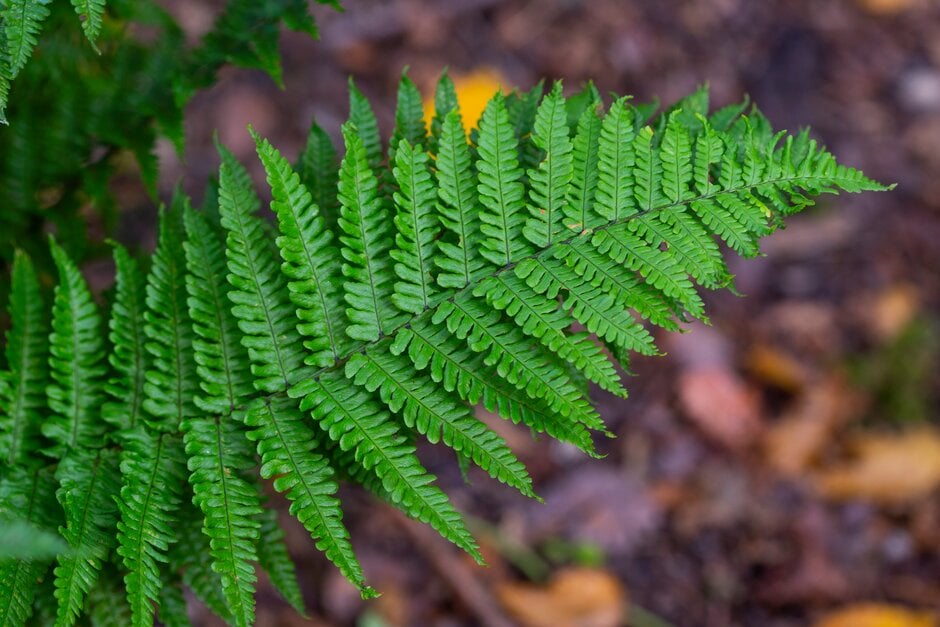Not the plant you're looking for? Search over 300,000 plants
Ferns
Size
Ultimate height
0.1–0.5 metresTime to ultimate height
5–10 yearsUltimate spread
0.1–0.5 metresGrowing conditions
Chalk
Clay
Sand
Loam
Moisture
Moist but well–drained, Poorly–drainedpH
Acid, Alkaline, NeutralColour & scent
| Stem | Flower | Foliage | Fruit | |
| Spring | Green | |||
|---|---|---|---|---|
| Summer | Green | |||
| Autumn | Green | |||
| Winter | Green |
Position
- Full shade
- Full sun
- Partial shade
Aspect
East–facing or North–facing or South–facing or West–facing
Exposure
Exposed or Sheltered Hardiness
H7Botanical details
- Family
- Dryopteridaceae
- Native to GB / Ireland
- No
- Foliage
- Semi evergreen
- Habit
- Bushy
- Genus
Dryopteris can be deciduous, semi-evergreen or evergreen ferns, with stout, erect or decumbent rhizomes and shuttlecock-like rosettes of lance-shaped to ovate, pinnately divided fronds
- Name status
Accepted
How to grow
Cultivation
Easy to grow in most cool, moist, lightly shaded sites and will grow in full sun if given plenty of moisture. Tolerant of dry shade but water regularly in their first season and mulch well
Propagation
Propagate by division in spring
Suggested planting locations and garden types
- City and courtyard gardens
- Cottage and informal garden
- Rock garden
- Flower borders and beds
- Underplanting of roses and shrubs
Pruning
Dead or damaged fronds may be removed as necessary
Pests
Generally pest-free outdoors
Diseases
Generally disease-free outdoors
Get involved
The RHS is the UK’s gardening charity, helping people and plants to grow - nurturing a healthier, happier world, one person and one plant at a time.
